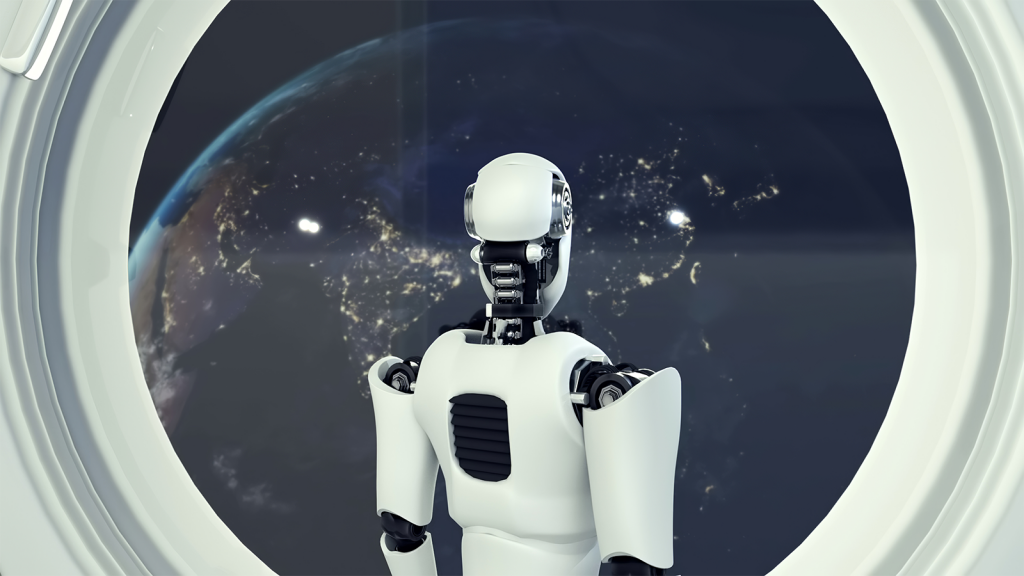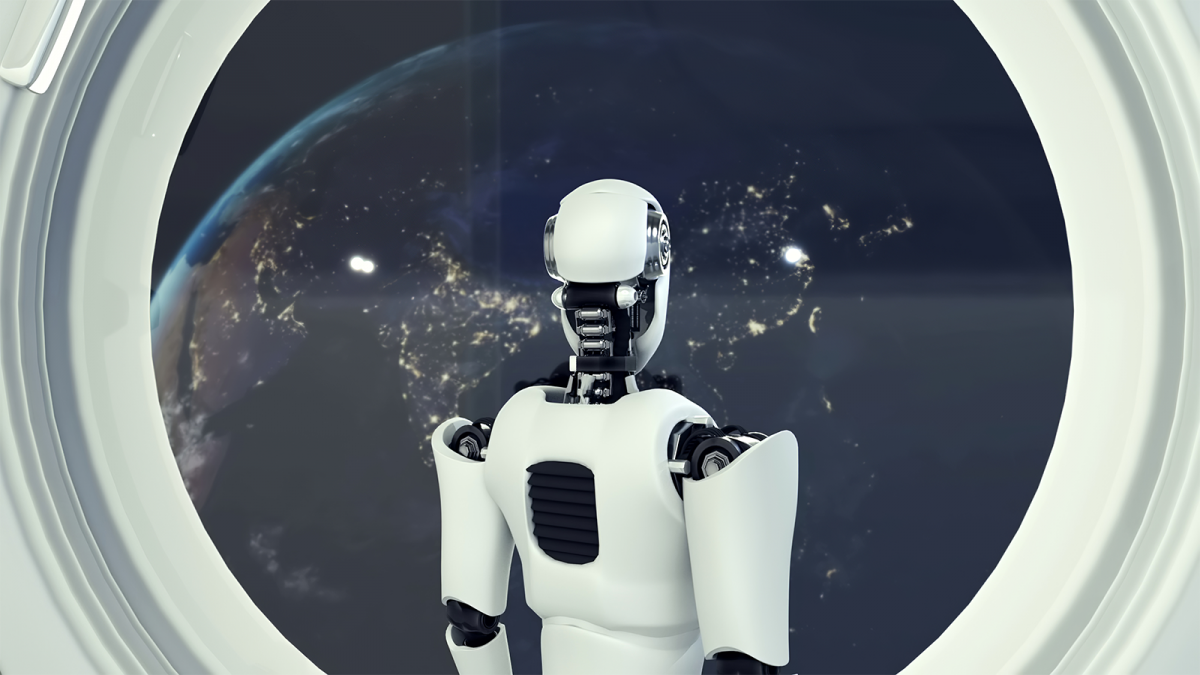Digging deep down into Innovation we have accessed more advanced technologies of AI and Robotics which are being employed in space tourism. Scientists have set a mission to explore mars, comets, moon and asteroids by implementing innovative technologies. AI is helpful in processing data for the satellites and tested various AI techniques which are capable of controlling and managing satellite health monitoring systems.
Importance of Robots in Space Tourism:
Robotics is used to perform physical actions like collecting samples for examination, to take measurements and movements around the astronaut. Rover is the most conventional robot used in space tourism till date. NASA has developed an AI system in 2018 by creating an algorithm which uses moon’s images and by following a neural network path astronauts were quite successful in finding planets like moon and Mars.Advantage of sending a robot to space is much higher than sending a human due to their survival rate in space.

Types of Rovers sent by NASA in recent past:
- Spirit
- Curiosity
- Curiosity
- Sojourner
- Perseverance
- Opportunity
In the years 1966 to 1968, NASA sent seven robotic spacecraft to demonstrate soft landings on the Moon. It is evident that the Sanskrit language is most suitable for AI programs. NASA and ISRO both are implementing AI and machine learning algorithms to discover dozens of hidden image data from Mars to study our solar system.
Hurdles faced by humans over years to space exploration
- Radiation
- Distance from Earth
- Gravity
- Isolation
- Hostile
- Research
Transformations and Innovations in Robots :
By using a machine learning algorithm ISRO developed Target Identification. In the near future scientists are planning to explore space by transforming heavy and large robots to small Nano-stats robots and satellites. Both humans and robots are interdependent on each other for space exploration. The first mission on Mars is to check the availability of soils, rocks and water. The first robot sent to space was launched by the USSR in 1951. In space one hour accounts for seven years on earth. It will cost $2.7 billion to $2.9 billions to send a robot to Mars. We need robots to tackle dangerous situations like lighting, toxic chemicals. India is the first country to reach Mars orbit.
NASA has used HAL/S aerospace programming language along with Python which tackle the complexity of programs.
Languages used by NASA are :
- Python
- Machine learning
- linear regression
- C/C++
- MATLAB
- Fortan
Along with these languages NASA also used neural networks to create a working model of the solar system. There are different sites which act like a repository for storing NASA data. In 2000 NASA and ESA sent spacecraft to Jupiter and then to Saturn in 2004. First humanoid intelligent robot was created by George Devol in 1954 which was constructed by Unimation. It was a programmable robot which is fully digitally operated
It will take nearly seven months to reach Mars. There are many robots exploring the space currently are : Dextre, Mars Orbiter Mission, Voyager 1 and 2, Cassini, Hubble Space Telescope, Rosetta, Robonaut 2, Mars Express, Dawn, Curiosity, 2001 Mars Odyssey, Opportunity, Advanced Composition Explorer, Juno, Hayabusa 2, New Horizons and many more to come. For Apollo robotic spacecraft are fully equipped with scientific instruments. Simulink software is a multidisciplinary Model based design used by NASA.
